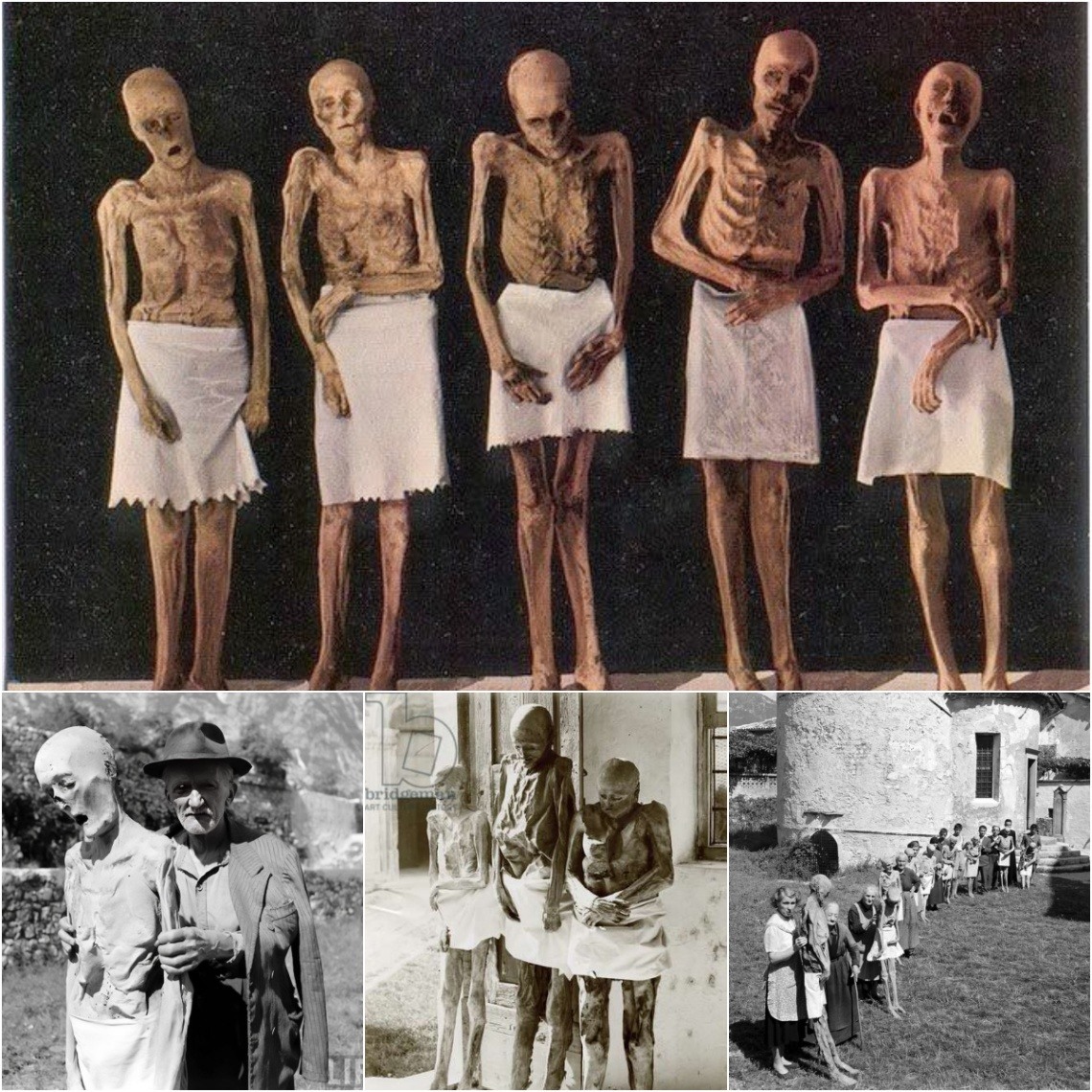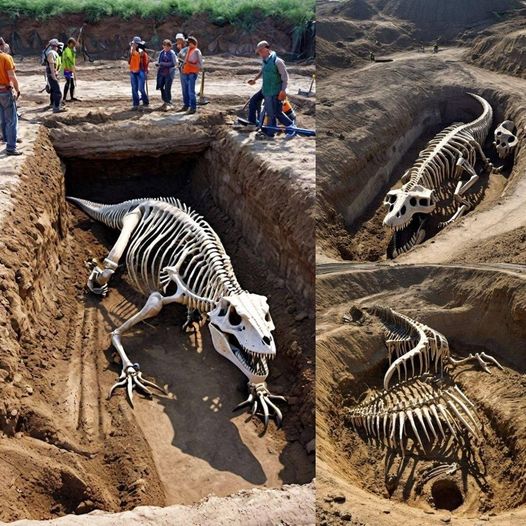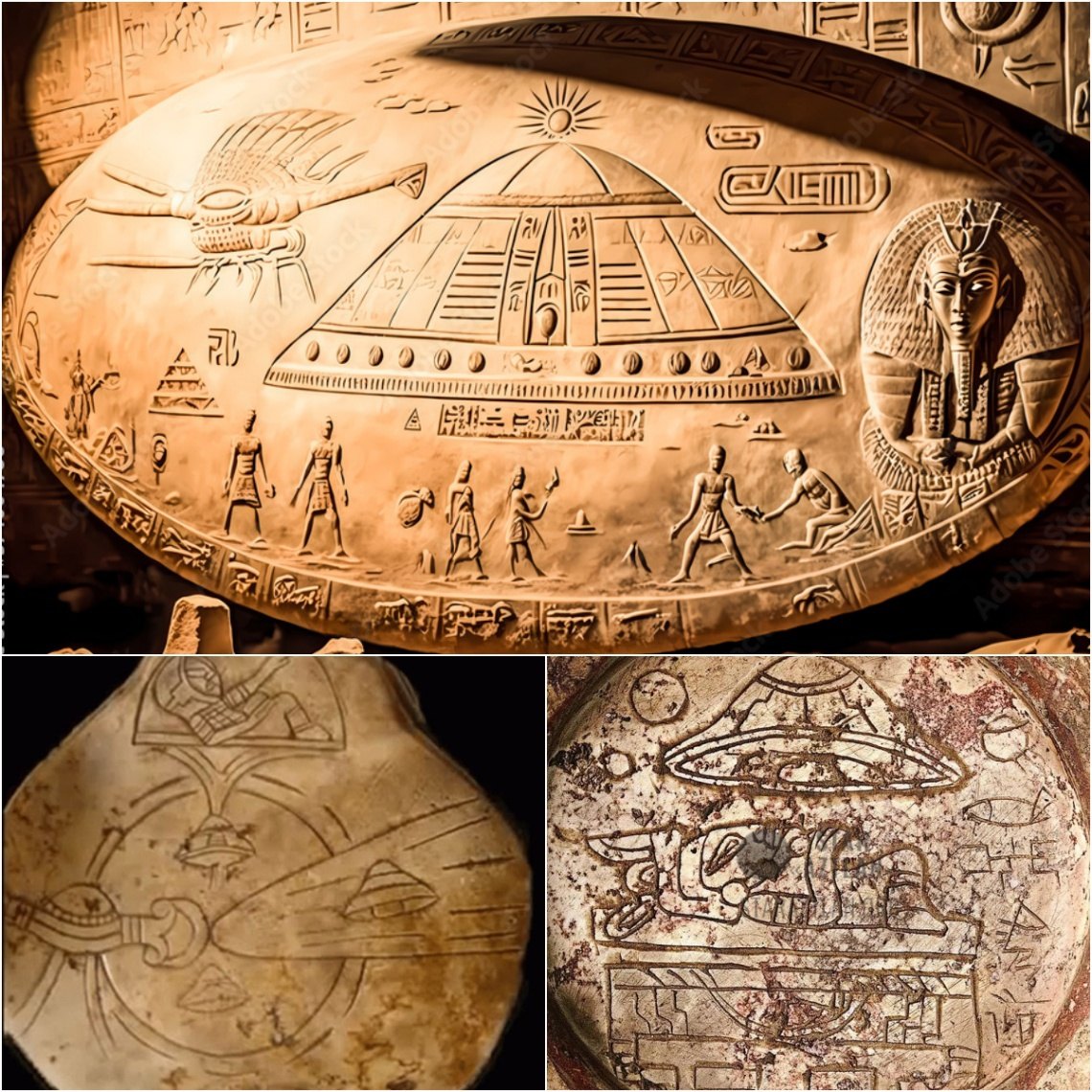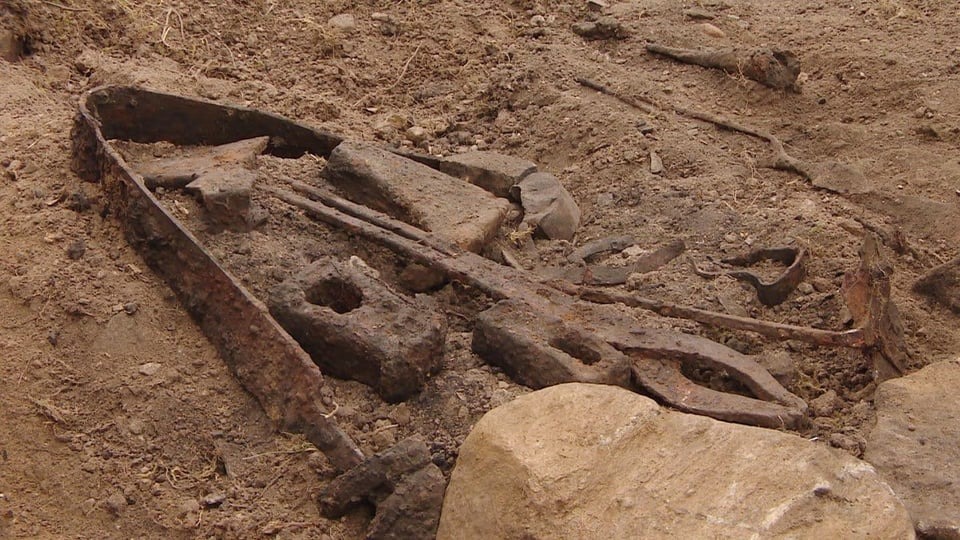Deep in the heart of the Air Massif in Niger lies a remarkable archaeological site that holds the key to unlocking the mysteries of Africa's ancient past.
Exploring the Dabous Giraffes Petroglyphs
Deep in the heart of the Air Massif in Niger lies a remarkable archaeological site that holds the key to unlocking the mysteries of Africa's ancient past. The Dabous Giraffes, the largest animal rock petroglyphs in the world, stand as silent sentinels to a time long forgotten. Carved into the rocky landscape between 12,000 and 7,000 BC, during the African Humid Period, these extraordinary carvings offer a glimpse into a bygone era when the Sahara Desert was a lush savannah teeming with life. Join us as we delve into the fascinating history and significance of the Dabous Giraffes, exploring their cultural, artistic, and environmental significance.

Unraveling the Mysteries of the Dabous Giraffes
The Dabous Giraffes petroglyphs are a testament to the ingenuity and creativity of Africa's ancient peoples, who used primitive tools to etch intricate designs onto the rock surface. Measuring up to two meters in height, these life-sized depictions of giraffes are remarkably detailed, with carefully rendered features and anatomical accuracy. Scholars believe that the giraffes served as symbols of power, fertility, and spiritual significance to the communities that created them, reflecting their deep connection to the natural world and their reverence for its inhabitants.

The African Humid Period: A Time of Abundance and Change
The Dabous Giraffes were carved during the African Humid Period, a climatic anomaly that occurred between 14,600 and 5,000 years ago when the Sahara Desert experienced a period of increased rainfall and vegetation. During this time, the region was transformed into a verdant landscape dotted with lakes, rivers, and grasslands, attracting a diverse array of wildlife, including giraffes, elephants, and antelopes. The petroglyphs offer valuable insights into the environmental conditions and cultural practices of ancient African societies, shedding light on their adaptations to a changing climate and their strategies for survival.

Preserving Africa's Ancient Heritage
The Dabous Giraffes petroglyphs are not only a testament to Africa's ancient past but also a reminder of the importance of preserving our shared cultural heritage. As climate change and human activities threaten to erode these fragile archaeological sites, efforts are underway to safeguard and protect them for future generations. By documenting, studying, and conserving sites like the Dabous Giraffes, we can gain a deeper understanding of our collective history and ensure that these invaluable treasures remain intact for years to come.

Reflecting on Ancient Discoveries
In conclusion, the Dabous Giraffes petroglyphs stand as a remarkable testament to the creativity, resilience, and cultural richness of Africa's ancient civilizations. As we marvel at these ancient artworks, let us also reflect on the lessons they impart about the interconnectedness of human societies and the enduring legacy of our ancestors. By studying and preserving sites like the Dabous Giraffes, we can unlock the secrets of the past and gain a greater appreciation for the diversity and complexity of the human experience across time and space.






